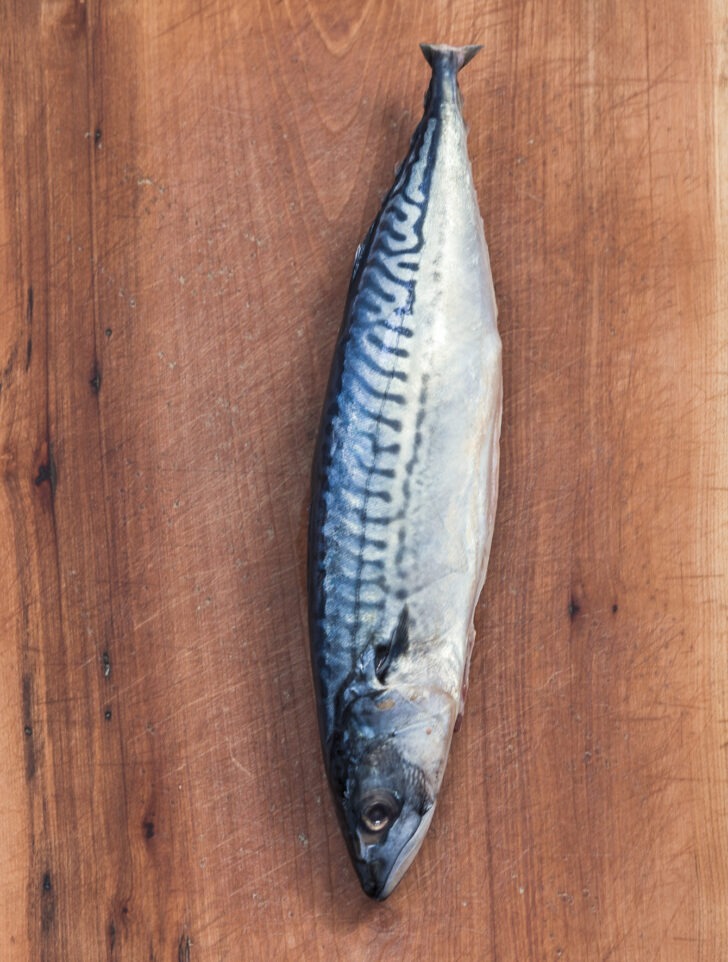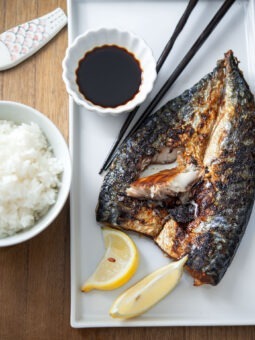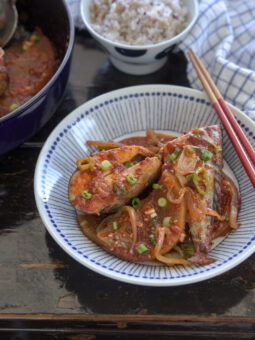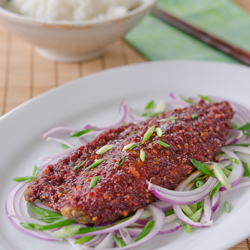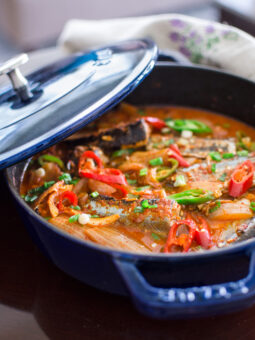Mackerel Fish (Godeungeo)
Mackerel holds a significant place in Korean cuisine and is valued for its distinct flavor and versatility. It is commonly used in various traditional Korean dishes and appreciated for its rich taste and numerous nutritional benefits.
In Korean cuisine, mackerel is prepared and enjoyed in several ways. One popular method is grilling the fish, known as “godeungeo gui.”
The mackerel is often marinated in a flavorful mixture of soy sauce, garlic, ginger, and other seasonings before being grilled to perfection. The resulting dish boasts a smoky and savory flavor that pairs well with rice and a variety of side dishes.
Another popular preparation is braising the mackerel, referred to as “godeungeo jorim.” In this method, the fish is simmered in a savory sauce made from soy sauce, garlic, ginger, and spices until it becomes tender and absorbs the flavors of the broth.
Braised mackerel is often served with steamed rice and a side of kimchi or other pickled vegetables.
Health Benefit
Mackerel offers several nutritional benefits, making it a valuable addition to a healthy diet. It is a rich source of omega-3 fatty acids, which are essential for brain function and heart health.
These fatty acids also contribute to reducing inflammation in the body. Mackerel is also packed with vitamins and minerals, including vitamin D, vitamin B12, selenium, and magnesium.
Tips for Selecting Fresh Mackerel
When selecting fresh mackerel, there are a few key factors to consider. Look for fish with bright and clear eyes, indicating freshness.
The skin should be shiny and firm, and the flesh should be resilient to the touch. Avoid mackerel with dull eyes, discolored skin, or a strong fishy odor, as these are signs of poor quality or aging.

